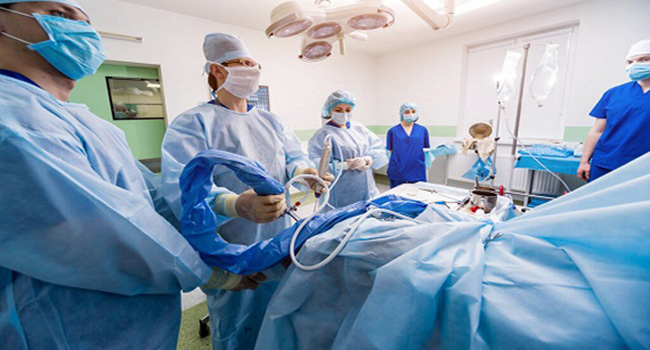
Anterior knee pain is a common problem affecting millions of people worldwide. It is a debilitating symptom that reduces mobility and adversely affects the quality of life.
A clinical trial compared two different treatment options for lateral patellar compression syndrome (a known cause of anterior knee pain in young adults). Researchers wanted to find out if open or arthroscopic surgery provided better results.
What is Lateral Patellar Compression Syndrome?
Lateral patellar compression syndrome is a common condition that causes pain around the kneecap. It often affects athletes and individuals who engage in activities that involve repetitive knee movements, such as running or jumping. The syndrome occurs when the patella (kneecap) is compressed and rubs against the femur (thigh bone), leading to inflammation and discomfort. It is caused by a tight lateral retinaculum.The first line of treatment is conservative involving rest and physiotherapy. However, when the conservative treatment of lateral patellar compression syndrome fails, surgical treatment can be done by the release of the tight lateral patellar retinaculum either by open or arthroscopic technique.
Clinical Trial
In this clinical trial, researchers compared the effectiveness of open and arthroscopic release in treating lateral patellar compression syndrome. Open release involves making a larger incision to access and release the tight tissues around the kneecap, while the arthroscopic release is a minimally invasive procedure using small incisions and a camera for guidance. The goal was to determine which method produced better functional outcomes.A group of 80 individuals diagnosed with lateral patellar compression syndrome was randomly assigned to either the open or arthroscopic release group. Group A (40 patients) was treated with open release while Group B (40 patients) was treated by arthroscopic release. All these patients were diagnosed with lateral patellar compression syndrome depending on clinical features and MRI.
